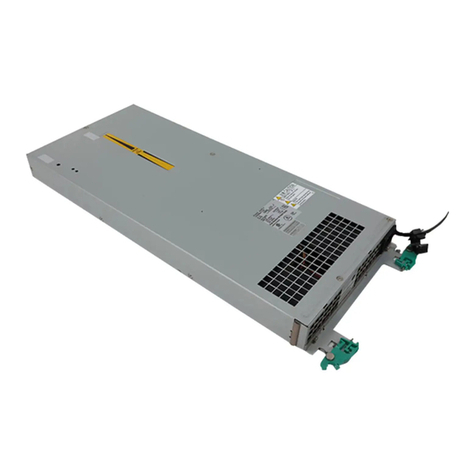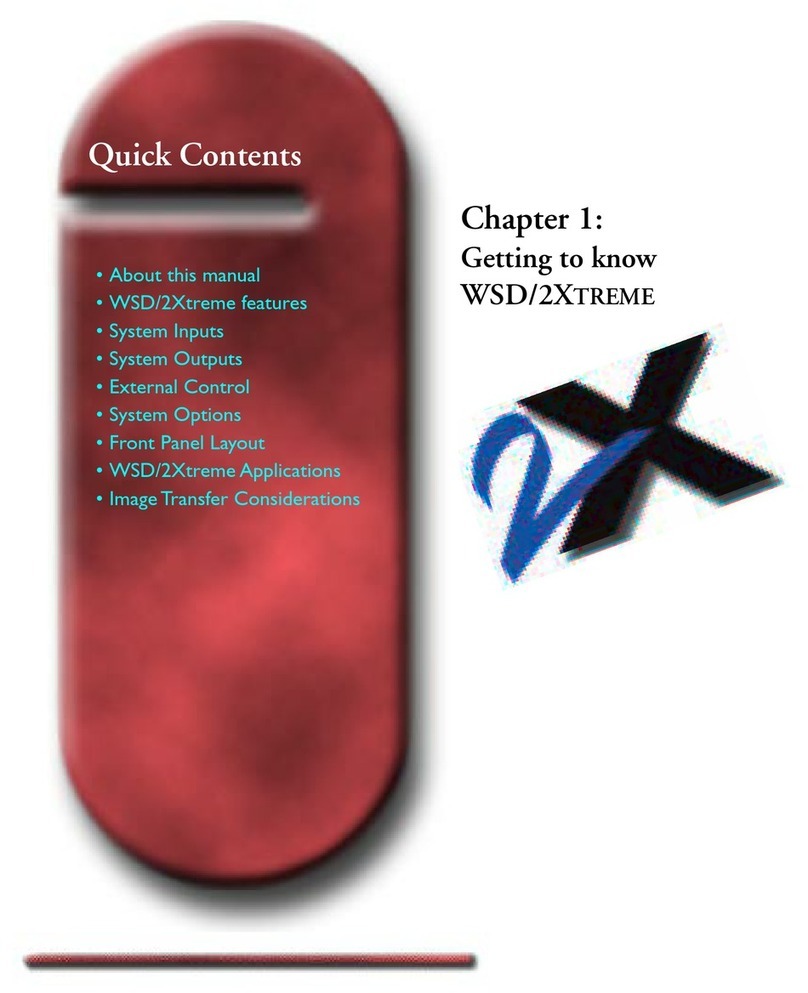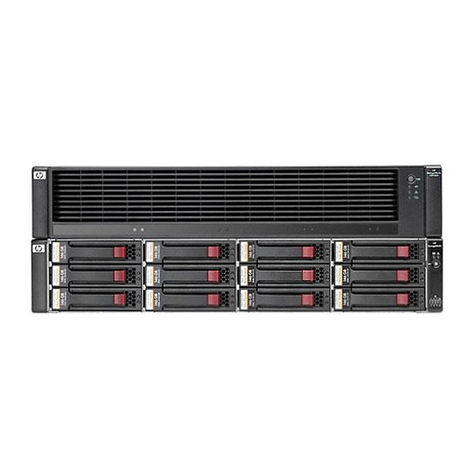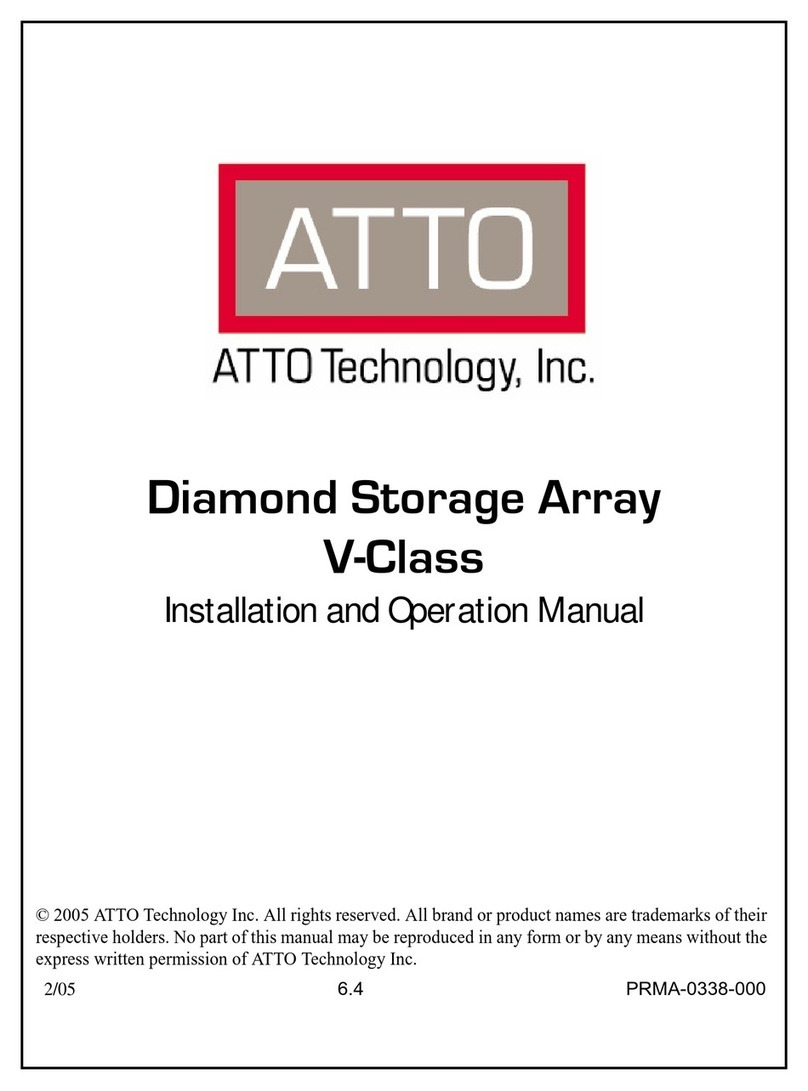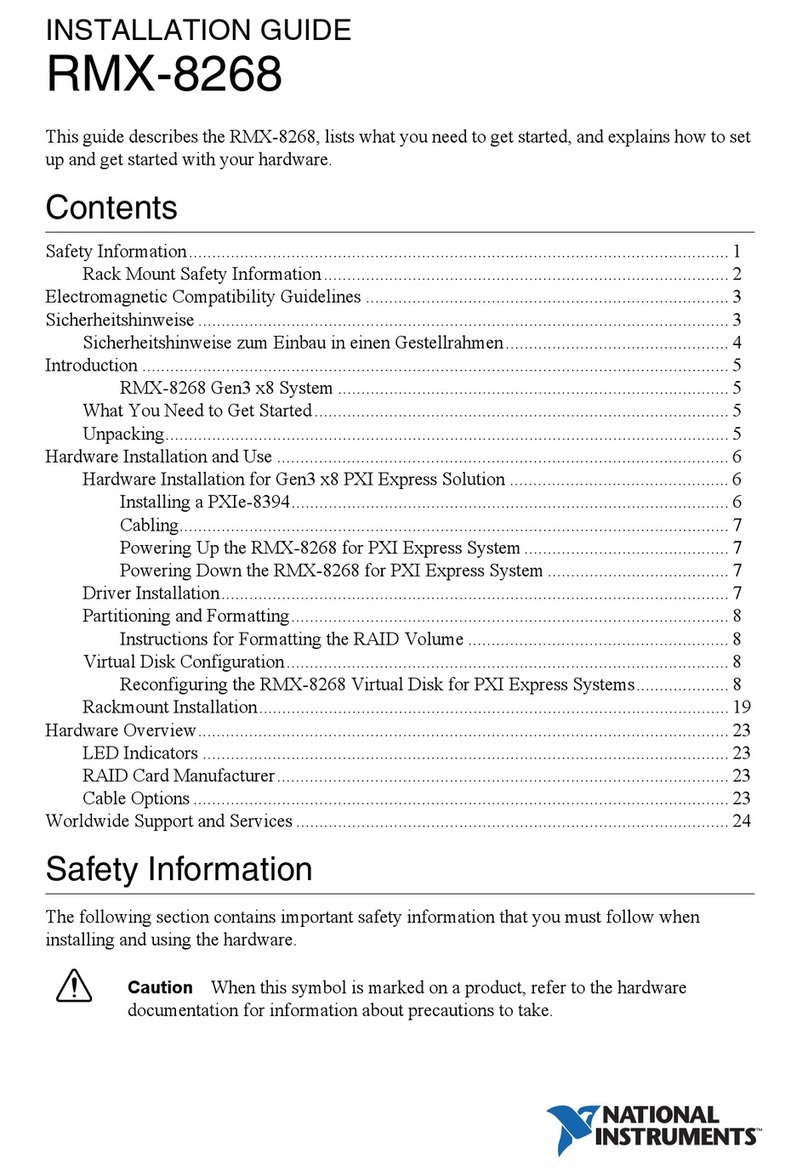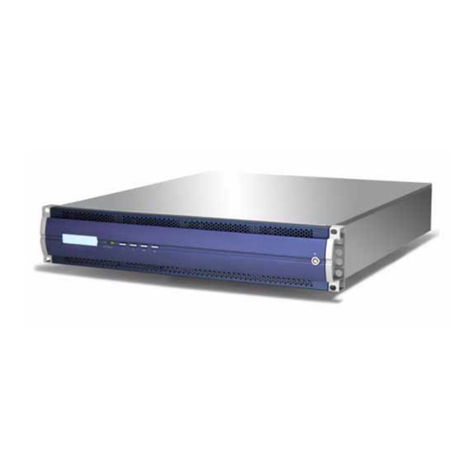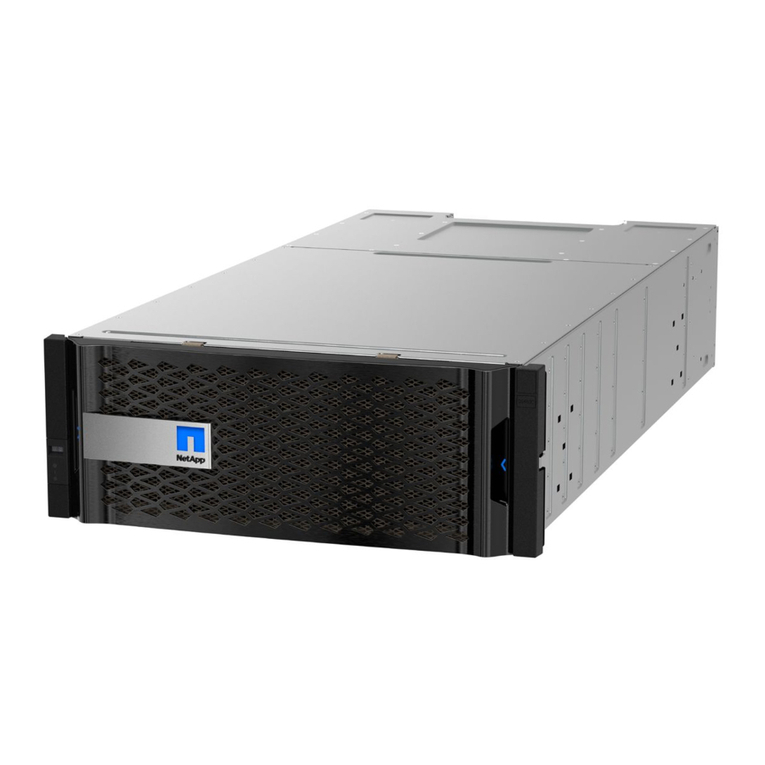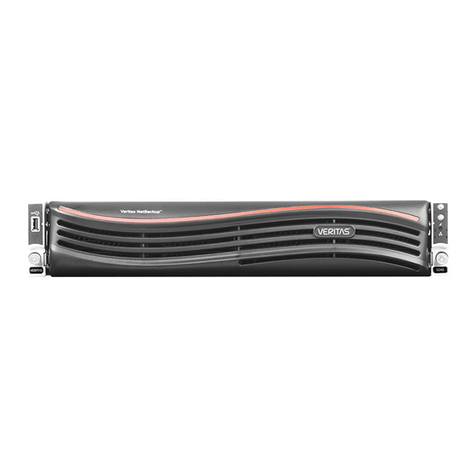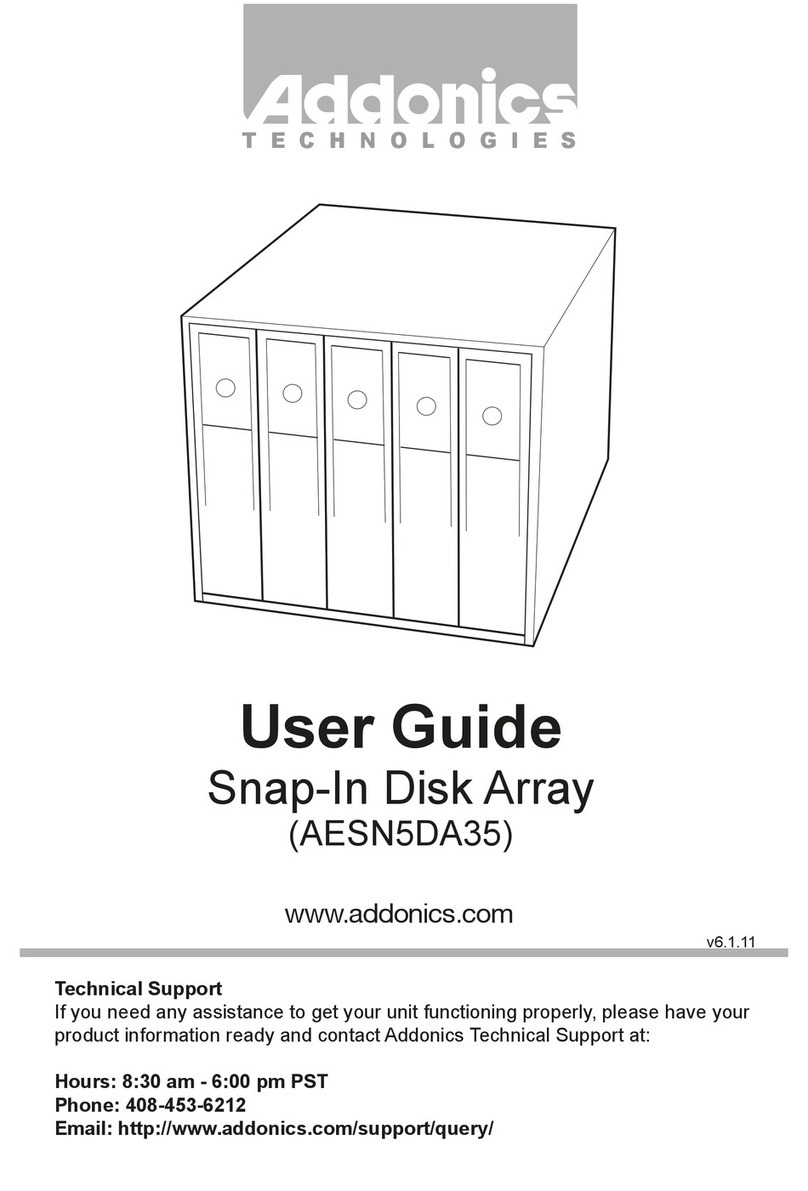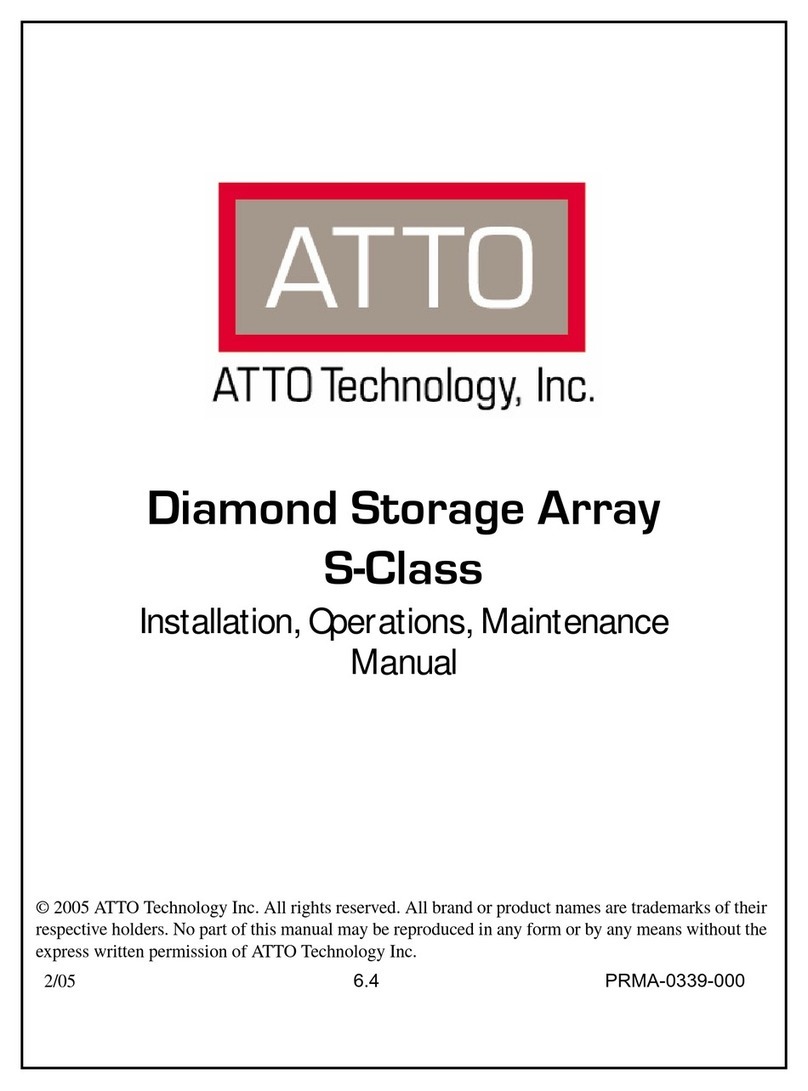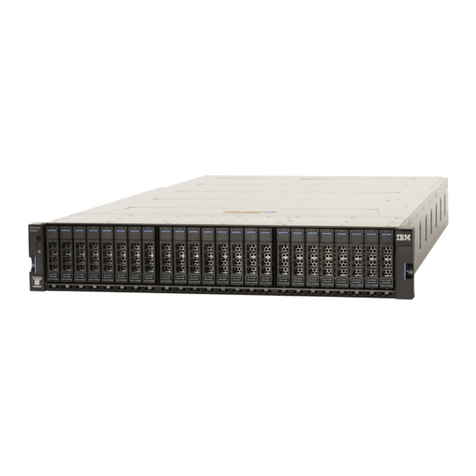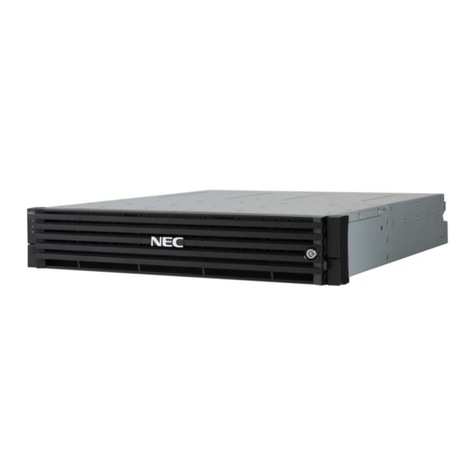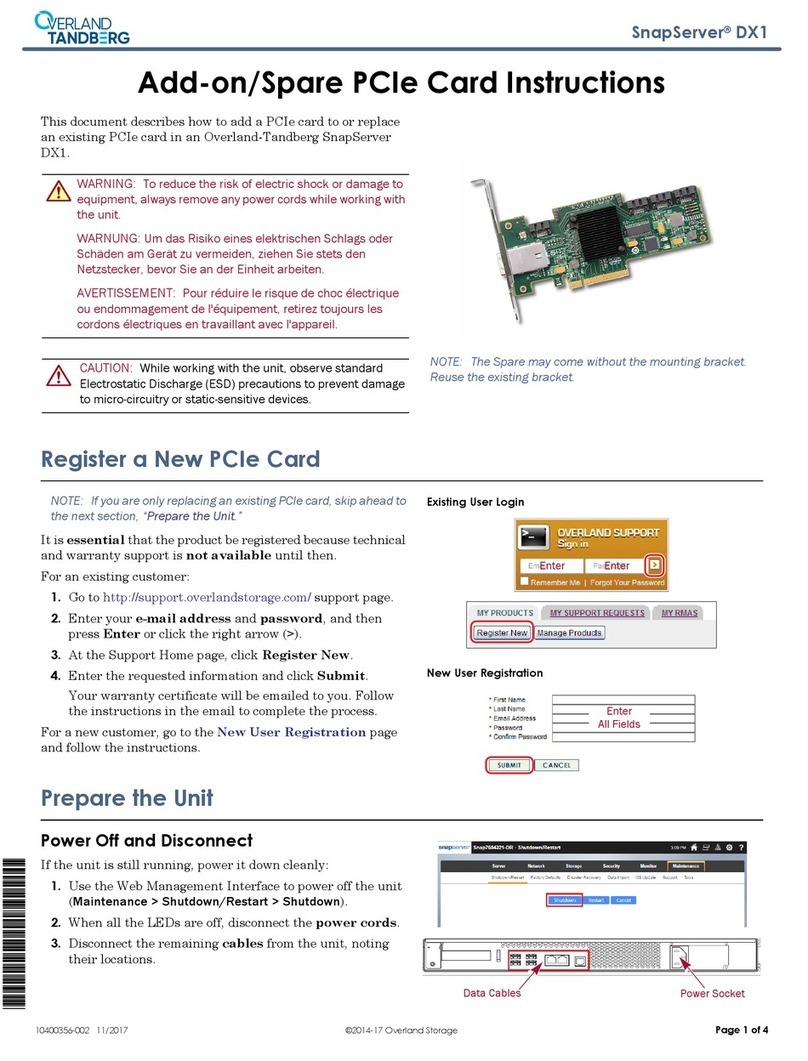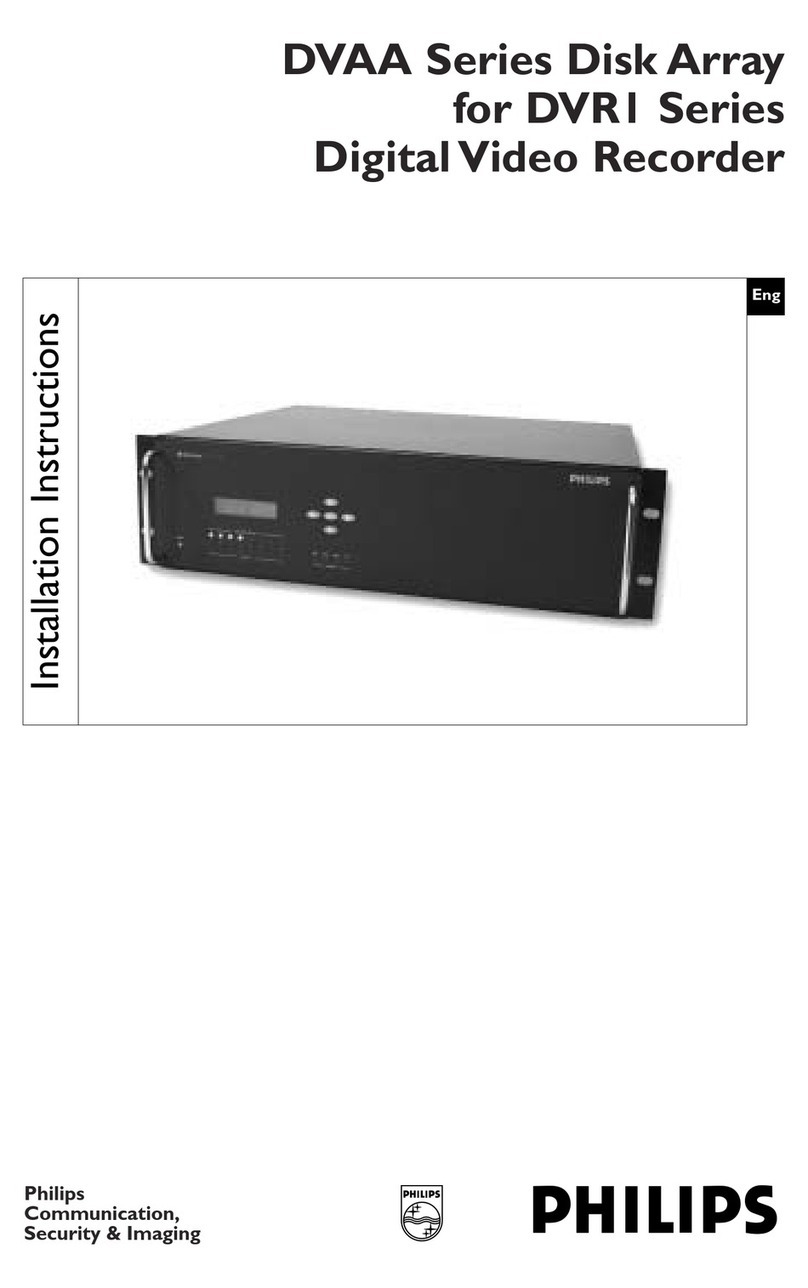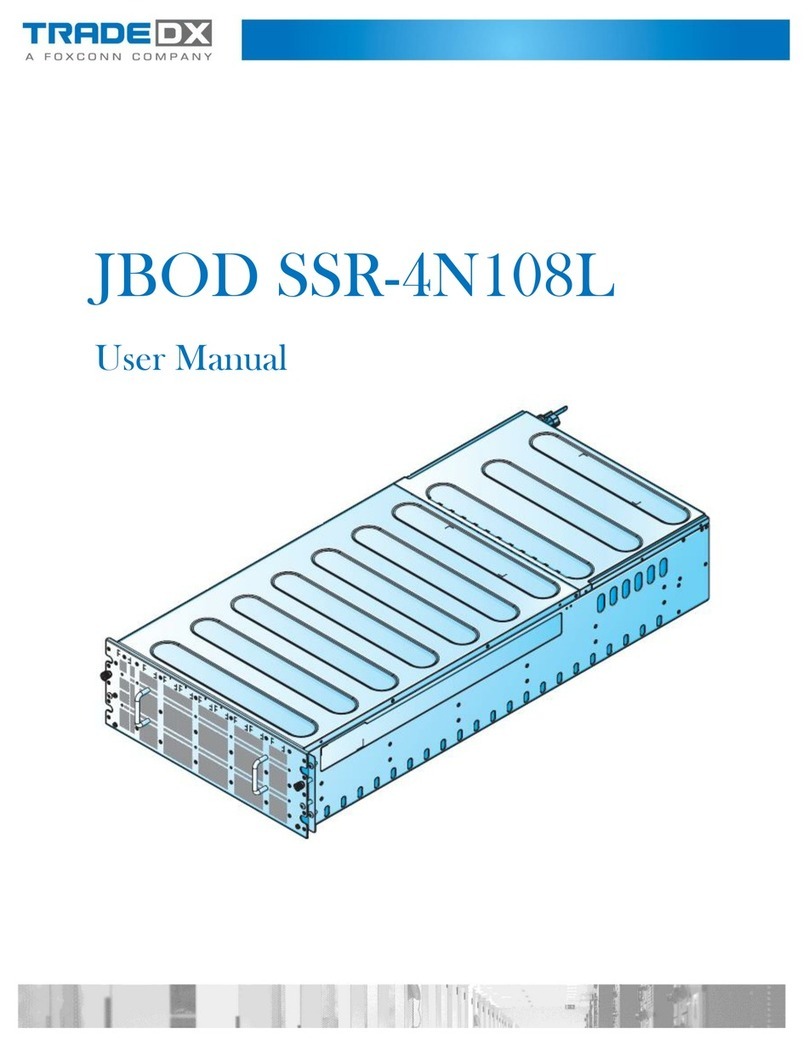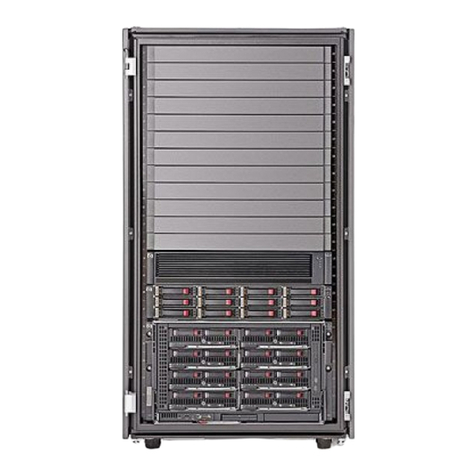
FlashSystem 900 Product Guide 3
Key features
FlashSystem 900 provides extreme performance with IBM MicroLatency™, macro efficiency, and
enterprise reliability.
Scalability and performance
FlashSystem 900 has the following scalability and performance features:
IBM FlashCore technology for consistently high performance at lower cost
z
90us/155us read/write latency
z
Up to 1.1 million random read 4 K IOPS
z
Up to 10 GB/second read bandwidth
z
IBM-enhanced Micron MLC technology for higher storage density and improved endurance
z
Flexible interface types of Fibre Channel, Fibre Channel over Ethernet (FCoE), iSCSI, and InfiniBand
z
Up to 16 ports of 8 Gbps or eight ports of 16 Gbps Fibre Channel
z
Up to 16 ports of 10 Gbps FCoE
z
Up to 16 ports of 10 Gbps iSCSI
z
Up to eight ports of 40 Gbps quad data rate (QDR) InfiniBand
z
Slots for up to 12 hot-swappable IBM MicroLatency storage modules (1.2 TB, 2.9 TB, or 5.7 TB)
z
Configurable 2.4 - 57 TB of capacity for increased flexibility
z
Enterprise-class reliability features
FlashSystem 900 delivers the following enterprise-class reliability features:
Concurrent code load enables customer applications to remain online during firmware upgrades to all
z
components, including the IBM MicroLatency modules.
Hot-swappable IBM MicroLatency modules by way of tool-less front panel access. If a MicroLatency
z
module failure occurs, critical customer applications can remain online while the defective module is
replaced.
All active components are redundant and hot-swappable, including IBM MicroLatency modules, RAID
z
controllers, management modules, interface, batteries, fans, and power supplies.
All components are easily accessible through the front or rear of the enclosure, so IBM FlashSystem
z
900 does not need to be moved in the rack and no top access panels or cables need to be extended.
Two-dimensional (2D) Flash RAID, which consists of IBM Variable Stripe RAID and system-wide
z
RAID 5. Variable Stripe RAID technology helps reduce downtime and maintain performance and
capacity in the event of partial or full flash chip failures. System-wide RAID 5, with easily accessed hot
swappable flash modules, helps prevent data loss and promote availability.
IBM Advanced Flash Management improves flash endurance 9x over standard implementations with
z
IBM engineered ECC, advanced wear leveling, and proprietary garbage collection, relocation, and
block picking algorithms.
Energy and space efficiency
FlashSystem 900 has the following energy and space efficiency characteristics:
40% greater density than previous generation
z
4x greater capacity than competitive all-flash products
z
Reduced power, space, and cooling with only 625 watts typical operating power and 2U form factor
z
